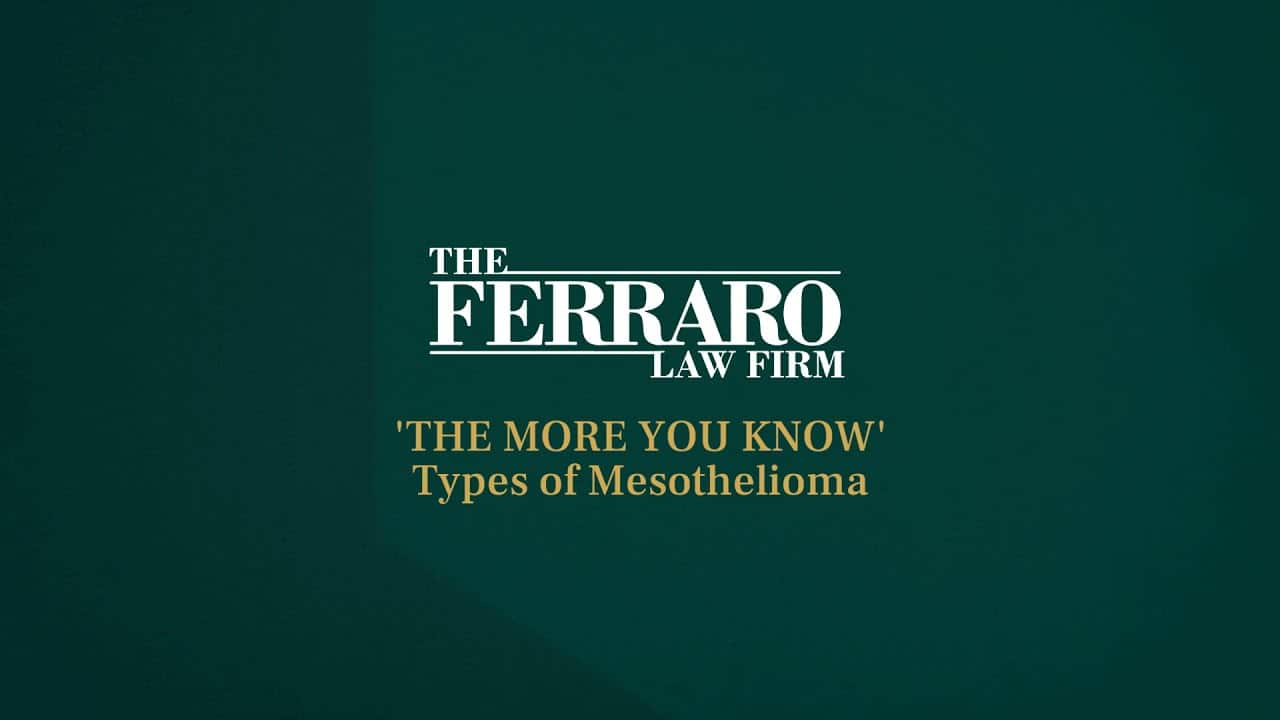If you were seriously injured, remember that it is crucial to choose the right law firm to represent your interests. We have been doing this for more than three decades, and have the resources you need to challenge any opponent.
Unsafe Asbestos Removal Targeted by Regulators

In the years since the dangers of asbestos have become widely known, state and federal regulators have implemented strict guidelines for safe removal. Failure to adhere to these guidelines could sicken workers and ultimately have potentially deadly consequences.
Yet companies across the country continue to violate these standards. The primary reason has to do with cost. Proper asbestos abatement is expensive, and many companies would rather take the risk of possibly paying a fine than pay to do it right the first time.
Those involved in the work will not know for many years whether the exposure negatively affected them because asbestos-related illness has a latency period of between 20 and 50 years.
Only today are we seeing lawsuits filed by workers who were exposed decades ago. While construction with the use of these materials has largely subsided, renovation and demolition projects often require the safe removal of this toxic material, and that’s where we are seeing ongoing cases of dangerous exposure.
Regulators are trying to clamp down on these instances under state laws and the federal Clean Air Act. In Florida, Chapter 62-257 of the state administrative code sets the standards for asbestos abatement, as overseen by the Florida Department of Environmental Protection.
This is particularly important because some cities have reported double or more the number of asbestos abatement notifications from 2008 to 2014.
Violations are also up in many areas as well. In Michigan, for example, there were 3,400 asbestos abatement notifications filed with the state in 2008. Last year, it totaled nearly 14,600. In terms of violations, there were 53 violation notices in 2008, compared with 78 issued in all of 2014. In that state, there was a total of $425,000 in asbestos-related fines issued from 2011 to 2014.
But our mesothelioma trial attorneys know these amounts are minimal compared to the expenses incurred years down the road by victims.
Asbestos was largely used for a host of building and construction purposes, including condensation control, acoustical and thermal insulation, and fireproofing. Most structures built after 1977 don’t contain the material, but there is no guarantee because technically its use is not illegal in the U.S.
Although many workers today are aware of the potential risks, some may feel they have no choice but to take the gamble when their employer is applying pressure. For example, one supervisor in a Chicago suburb was accused of threatening workers with termination and subsequent opposition to unemployment benefits if they failed to comply with a quota for fast, illegal asbestos removal at certain sites. Workers were given thin, see-through suits that were covered with the toxic dust by each day’s end. That was in 2010.
That company and its contractor were later fined $97,500 collectively, and four men were criminally charged. One was sentenced to time in prison.
But for those who were exposed, the true effects may not be realized for years to come. For them, it will be important to have routine exams and to take special note of potential mesothelioma symptoms, such as a chronic cough, chest pain, or shortness of breath.
Those who begin to experience symptoms should consult not only with a physician but an experienced legal team.
Table of Contents
Frequently Asked Questions: Mesothelioma & Asbestos
What is asbestos?
Why is asbestos dangerous?
What are asbestos-related diseases?
What causes mesothelioma?
What are the different types of mesothelioma?
What are common mesothelioma symptoms?
Do I qualify for compensation if I have mesothelioma?
What is the life expectancy for someone with mesothelioma?
Do I qualify for compensation if I have mesothelioma?
Help for mesothelioma victims can be found at The Ferraro Law Firm by calling (888) 554-2030. Offices in Miami and Washington, D.C.
Contact The Ferraro Law Firm at (305) 375-0111 to explore your legal options with our knowledgeable legal team.






